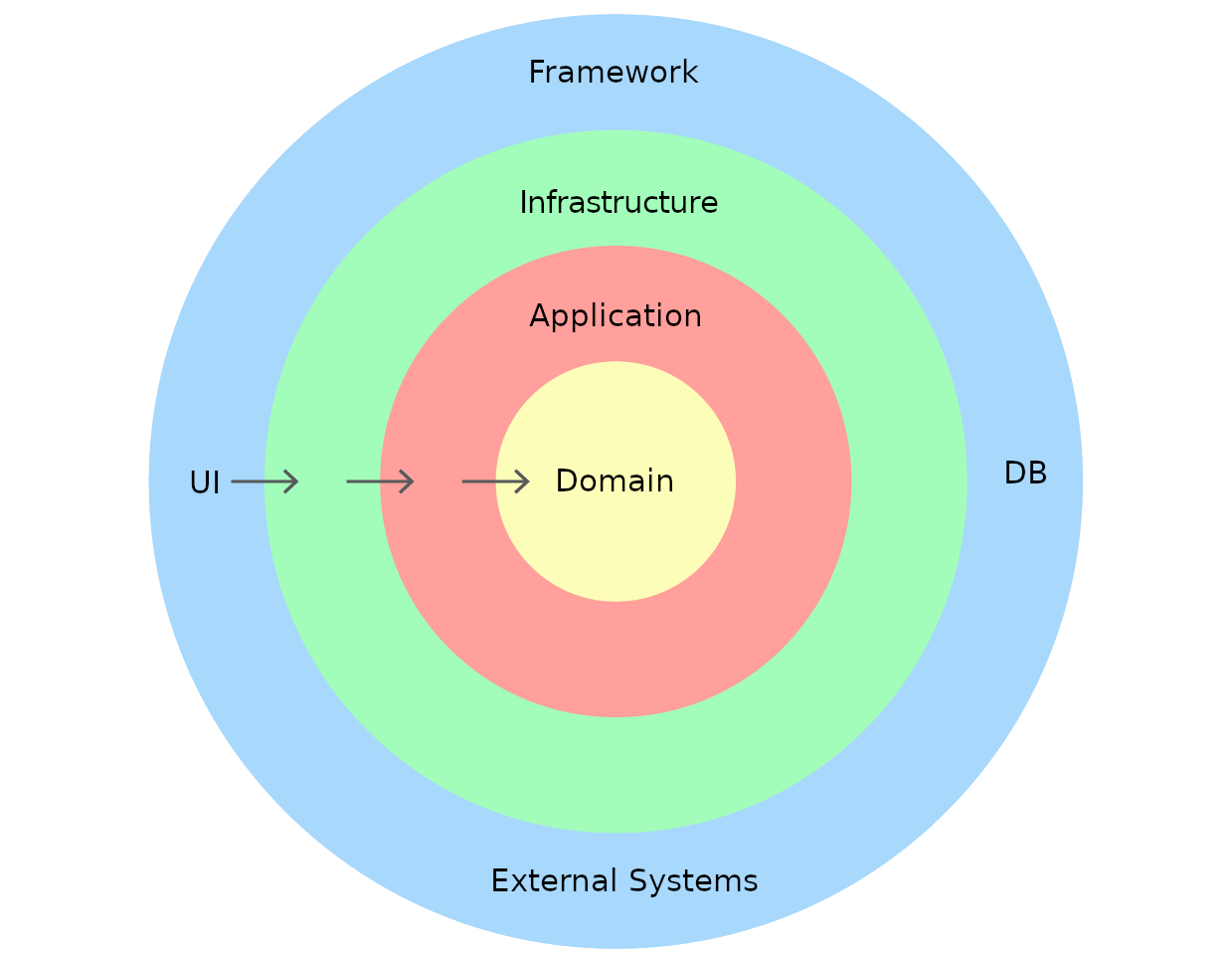Domain-driven design (DDD) is an approach to software development that involves understanding and modeling of an organization’s business domain. This approach to software development is centered around the concept that every problem is different and should be treated as such. By leveraging DDD, developers can create software that is tailored for an organization’s unique needs, making it far easier for that organization to meet their business goals. It also enables a more efficient development process, as DDD enables developers to concentrate on the core of the business logic – the domain – without getting bogged down in details about the infrastructure.
In my article, we will look at what makes DDD such an attractive approach to software development, the concepts behind it, and how it can be implemented in PHP projects. We will also discuss some of the best practices for applying DDD to build better software. By the end of this article, you will be well-equipped to begin implementing this approach to software development in your own projects.
What is Domain-Driven Design?
Domain-driven design (DDD) is an approach to software development in which an explicit emphasis is placed on the domain the program is designed for. The approach is based on the idea that understanding the core of a domain’s logic is the most important part of developing software, as this core logic drives the design of the code. To put it another way, DDD places primacy on understanding the domain and developing the program accordingly rather than having the domain conform to the program.
In practice, DDD consists of four main concepts: domain modeling, domain services, domain repositories, and strategy patterns. Domain modeling is the process of identifying the concepts and objects within the domain. Domain services are the logic that drives the domain’s behavior and operations. Domain repositories are the databases or repositories of information that store the data related to the domain. And strategy patterns are methods of structuring the domain’s services for clarity and maintainability.
Benefits of Domain-Driven Design
There are several reasons why DDD is becoming more popular in software development. First and foremost, DDD allows developers to quickly understand a domain’s core logic. This eliminates the need for extensive research into the various aspects of the domain, and allows the development process to move faster. Additionally, since the software is tailored for the domain’s specific needs, it eliminates the problem of having to tailor the domain to fit the program, which can be time consuming and inefficient.
In addition, DDD makes it easier for developers to implement patterns in their code, allowing them to create code that is more consistent and easier to maintain. Patterns also provide a more flexible approach to coding, which makes it easier for developers to build more robust solutions without having to rewrite their code. Finally, by emphasizing understanding the domain, DDD enables developers to create software that is more tailored to the user experience, resulting in a product that is more likely to be adopted.
Implementing Domain-Driven Design in PHP
There are several steps to implementing DDD in a PHP project. The first is to identify the domain. This involves understanding the concept of the domain, identifying the objects and concepts that make up the domain, and understanding the domain logic. Once the domain has been identified, the developer should create a domain model to represent it. This model includes objects, services, and repositories that represent the domain and its logic.
Once the domain model has been created, it should then be implemented in the code. This is done by writing code that implements the model in a way that is tailored to the domain’s logic. Additionally, developers should use established patterns to structure the code as much as possible, as this makes it easier to understand and maintain. This, in turn, allows developers to quickly implement changes to the domain without having to rewrite the code from scratch.
Finally, it is important to keep the domain model up to date. As the domain changes over time, so should the domain model. This ensures that the model remains accurate and relevant, which helps developers keep the code up to date. Additionally, developers should make sure to keep track of any changes to the domain model, as this helps them identify potential points of failure and make timely changes to the code.
Domain-driven design (DDD) is an attractive approach to software development that enables developers to quickly understand an organization’s business domain and create tailored software for its individual needs. By emphasizing the domain and eliminating the need for extensive research, DDD enables developers to create robust software faster, with less effort. Additionally, DDD supports the use of patterns to structure code and quickly adjust to changes in the domain, making the process of development and maintenance much easier. By leveraging the principles of DDD, developers can create powerful and efficient applications that are tailored to their specific needs.

